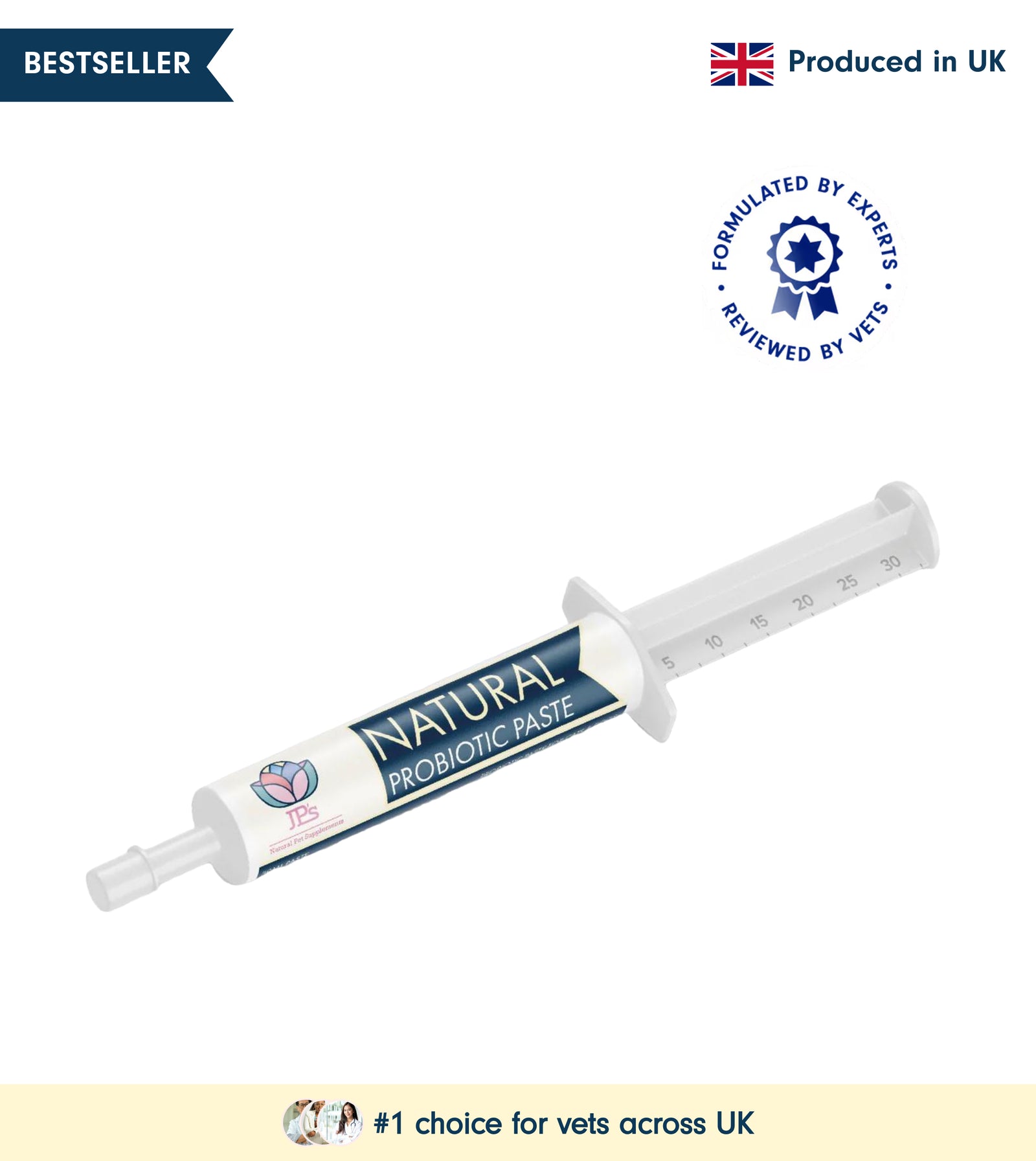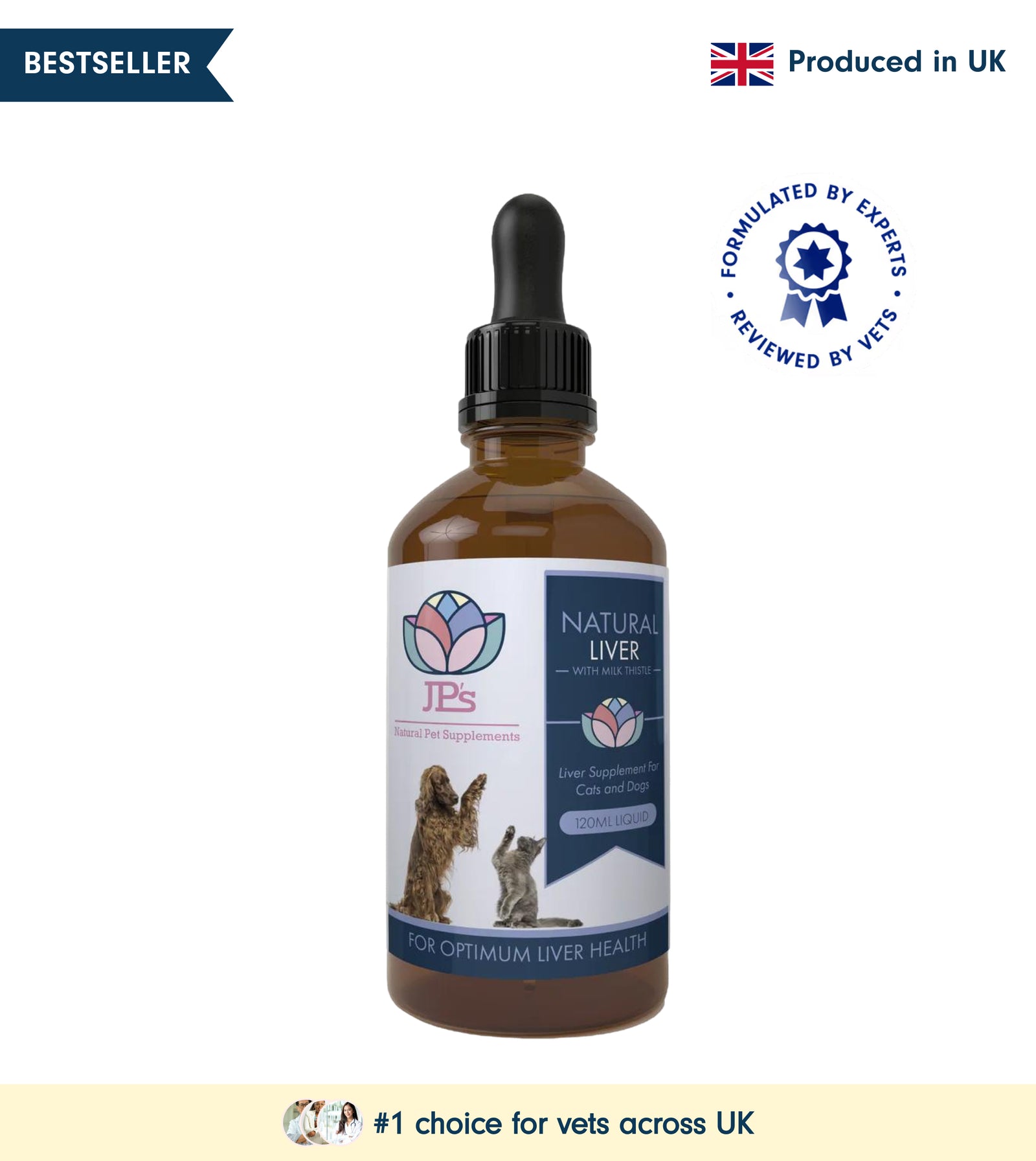Introduction.
Teaching your dog to wear a muzzle is an important life skill that, as a dog trainer I think all dogs should learn early. Some of the reasons for this include the dogs safety when it is frightened, ill or injured because fear or illness can affect the way a dog feels and behaves, your dog may fear the vet, and if your dog is already muzzle trained your vet can provide care quickly and safely, especially in an emergency and your dog won’t have the added stress of having a muzzle put on them. The muzzle can also keep your dog and other dogs safe if your dog is aggressive/reactive around other dogs. American XL Bullies are now required by law to wear a muzzle and always remain on the lead when out in public.
Choosing your muzzle, and what to look for.
There are lots of different muzzles out there, you need one that allows your dog to eat, drink and pant through, such as the Baskerville/Basket muzzles. Being able to pant is important for dogs to regulate their temperature. The muzzle needs to be a comfortable fit, the muzzle should not obscure their vision, dig into their face, or restrict mouth movement. I would avoid having one of them nylon-type sleeve grooming muzzles because they tend to go around the dogs jaw, which prevents them from opening their jaws wide. However they can still get their teeth out of the end so they are not completely safe, they also prevent a dog from drinking and panting, so they shouldn’t be used for long periods. Please research your muzzle to suit your dog and have the correct measurements so that your dog is comfortable.
How to start training your dog with the muzzle.
Muzzle training can be daunting and for some owners, it is tempting to try to skip the training and just put the muzzle on your dog, but this will scare your dog and have a negative effect on your dog in not trusting you. Wearing a muzzle should be a positive experience for your dog. I would also avoid just putting a muzzle on your dog to check the size, I would look at measurements and try doing it that way. You need to build up slowly with your muzzle training before placing a muzzle on your dog.
1. Introducing the muzzle to your dog, you can start by placing the muzzle on the ground, do not put food around the muzzle. You want your dog just to explore the muzzle and the food is going to distract your dog away from the muzzle.
2. Building a positive association with the muzzle.
Have some tasty treats, or squeezy cheese in a tube ready but out of sight, for your training session. Place the muzzle behind your back to start the exercise, bring the muzzle out from behind your back holding the muzzle in your hand, then reward your dog with a treat from the opposite hand, or the squeeze cheese, just make sure it is a treat your dog likes. Repeat the exercise again putting the muzzle behind your back, then bring the muzzle out from the opposite side this time, and reward from opposite hand with the squeeze cheese, or a tasty treat. Practice a few of these repartitions, then you can change the exercise slightly by bringing the muzzle out from behind your back again but holding the muzzle above your head, again reward from the opposite hand, with the squeeze cheese or a treat your dog enjoys, then repeat on the opposite side. Your dog will start to learn the muzzle appearing is positive and good things happen such as treat rewards when the muzzle is presented. Remember that the order of events is important in this exercise, if treats come out before the muzzle, food then predicts the muzzle, which can make food, or treats a scary thing down the line. We always want the muzzle to predict food as our dogs love their food treats.
3. Dog relaxed and happy you can move on to the next level.
Start by pairing the muzzle with things your dog likes such as a game, so your dog is always seeing the muzzle as positive. What kind of game could you play? Hold the muzzle out to the side of you, when your dog looks at the muzzle, mark it with a YES and reward it with a treat from your opposite hand. Practice a few repartitions, it will help your dog to relax and enjoy the training.
4. When your dog is ready you can move on to the next level. You can be sitting down, cup the muzzle in your hand between your knees or out to the side whatever your dog is comfortable with, and place a treat or some squeezy tube cheese at the edge or opening of the muzzle as this will encourage your dog to put their nose inside the muzzle. Practice several repetitions so your dog is happy and comfortable, and his body language is relaxed. You can also practice with other objects before starting your muzzle training, such as large yoghurt pots, and cones, so your dog is getting used to putting their nose into different objects, just make sure they are large enough, so your dog does not hurt themselves. Once your dog is happy putting their nose inside the muzzle you can start, rewarding from the bottom of the muzzle, through the gap at the end, with a tasty treat or your tube of cheese. For some dogs, you may have to up the value, such as cocktails and sausages.
5. Once your dog is happy placing their nose inside the muzzle, you can start increasing the duration. Start with one second, with your dog’s nose in the muzzle, do not forget to add your marker YES and reward at the bottom of the muzzle with your squeeze cheese. Remove the muzzle to let your dog reset themselves and repeat the exercise, adding 2 seconds duration this time. Gradually build up to 10 seconds always rewarding at the other end of the muzzle. Do not rush the exercises if you find your dog is struggling, just go back to one second and build up again slowly.
6. Adding the verbal cue once you think your dog’s ready to move to the next level.
You can start adding verbal cues Muzzle or something different like face, only when you think your dog is ready. Place the muzzle behind your back to start the exercise, then you can present the muzzle from behind your back to your dog, cup the muzzle in your hand, between your knees or out to the side whatever you and your dog are comfortable with. Remember to say your verbal cue muzzle/ face your dog should pop their nose inside the muzzle, remember to reward with the squeezy tube cheese from the bottom of the muzzle through the gap and repeat several repartitions.
Now you are going to give your dog a little break, in between the exercises. You may want to play a little game with your dog or practice some behaviours your dog enjoys like spin, find the treat anything you and your dog enjoy, or your dog may just want to go and lie down for a little break. Once you have had your little play break or rest, you can present the muzzle again and repeat repetitions, adding your verbal cue.
7. Muzzle straps
Once your dog is happy putting their nose inside the muzzle your dog now needs to start getting used to the straps, going round the back of their head. Hold the muzzle again between your knees, and use your verbal cue muzzle, when your dog pops their nose in the muzzle, you can start by getting your dog used to one strap going across their head and reward, then repeat the other side the strap going across their head. Once your dog is ready, you can start bringing both straps across, do not click in place. Remove the muzzle and reward.
Now we can start getting your dog used to the clip sound opening and closing. Start this away from your dog, so your dog can get used to the click sound first, then reward your dog with a treat making it a positive experience hearing that click. Once your dog is happy, you can bring the muzzle out holding between your knees say your verbal cue muzzle. When your dog pops their nose inside their muzzle, you can clip the muzzle on and reward.
8. Adding duration while wearing the muzzle.
Present the muzzle to your dog, remember the verbal cue muzzle. When your dog pops their nose inside the muzzle, you can clip the traps together, then give the squeezy cheese reward to your dog. Through the bottom of the muzzle give one squeeze of cheese then another two squeeze cheese, then remove the muzzle. Let your dog rest again and present the muzzle again to your dog. Repeat the exercise again this time with three seconds between each cheese delivery, building up your duration slowly.
9. How to get my dog moving wearing the muzzle?
Some dogs will try and remove the muzzle when it has been put on, this is why you must start with baby steps in introducing the muzzle. Adding movement if your dog’s not ready with the muzzle on you start by building the movement. Start by stepping backwards while holding the muzzle, (not clipping up) this will encourage your dog to walk with you, and reward with a treat through the gap at the bottom of the muzzle. If your dog is comfortable wearing the muzzle you can practice movement the same way moving backwards rewarding with a treat at the bottom of the muzzle. You can also practice other exercises if your dog is comfortable, such as spin, heel, and recall as your walk backwards, just so your dog is focused on the exercises and his rewards.
Points to remember muzzle training.
1. Introducing the muzzle.
When you start introducing the muzzle training always make sure your dog is free to remove their face from the muzzle whenever they want to. Give your dog the choice, do not force your dog to put their nose in the muzzle because this will make the muzzle a negative experience. Begin training in a quiet familiar environment so your dog is relaxed. Prepare some treats your dog likes, such as squeezy cheese paste, some dogs may need higher value to encourage them, like cocktail sausages. Start with the muzzle behind your back. Bring it into view and when your dog looks at the muzzle, mark, and reward, with your treat from your opposite hand, or toss the treat away from you, and put the muzzle behind your back again, repeat lots of repartitions.
2. Once you think your dog’s ready to move on, hold the muzzle in your hand, or if you’re sitting down, hold it between your knees with your hand cupping the muzzle, (whatever your dog’s comfortable with) make sure the muzzle is nose height, and still and not moved towards dogs face. Place a treat or some squeezy cheese at the edge or opening of the muzzle, this will encourage your dog to put their nose inside the muzzle. Gradually put the paste or treats further into the muzzle. Allow your dog to put their face into the muzzle to take the treats.
3. Once your dog is ready, stop putting treats in the muzzle, and wait for your dog to put their nose in it, mark and reward them for putting their nose in it, by popping the squeezy cheese at the bottom of the muzzle through the gap, repeat several times.
4. When adding movement to help your dog feel confident when walking in the muzzle it’s important to start building the movement if your dog’s still not ready to move with the muzzle on. Start by taking a step or two backwards while holding the muzzle. This will encourage your dog to walk with you and reward your dog with the paste or tasty treat through the end of the muzzle for coming with you. Gradually build up how many steps you take.
5. Introducing straps.
Do not rush to do the muzzle straps up, give your dog plenty of time to get familiar.
6. Buckle sound.
Make sure your dog is comfortable with the noise of the clip buckle before clipping behind your dog’s ears. Fasten the clip buckle a few times away from your dog, reward your dog so they will associate this sound with tasty treats, and continue getting closer to your dog every few times you close the clip.
Conclusion.
Every dog is an individual so please go at your dog’s pace, and do not get frustrated or shout at your dog. This will only make the muzzle negative, and they will lose trust in you. Give your dog breaks in between training, the training sessions should be brief. Never leave your dog unattended wearing their muzzle because your dog could hurt themselves. It can take a few weeks to get your dog used to wearing a muzzle, but some dogs can take longer particularly if they have had bad experiences in the past or your dog is older.
Justine Shone
JP’s Natural Pet Supplements



















Leave a comment (all fields required)